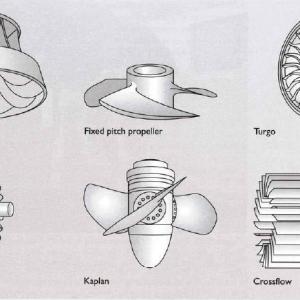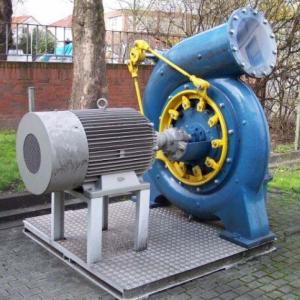What is flow? Put simply, this is the amount of water that can be passed through the turbine, measured in cubic meters per second. Obviously flow varies throughout the year (and between years) based on how much rainfall and sunshine we have. The maximum hydro system flow rate is normally based on the long-term average flow rate in the watercourse.
Calculating the long-term average (or ‘mean flow’) is complicated and forms a significant part of our feasibility studies and involves analysing the nearest long-term data from the environmental regulator’s closest flow gauging station and modelling the catchment using specialist hydrological modelling software. Flow data for sites is always presented as a Flow Duration Curve.
We are often asked whether flow rates can be measured on-site, which they can, but this only tells you the flow rate at one particular instant. The important issue is the long-term average and how the flows vary about this, from extreme draught and extreme flood events, and this requires many years of data and a great deal of modelling. There is one exception: on-site measurements can be useful for high-head, low-flow sites where it is realistic to install a small gauging weir.



